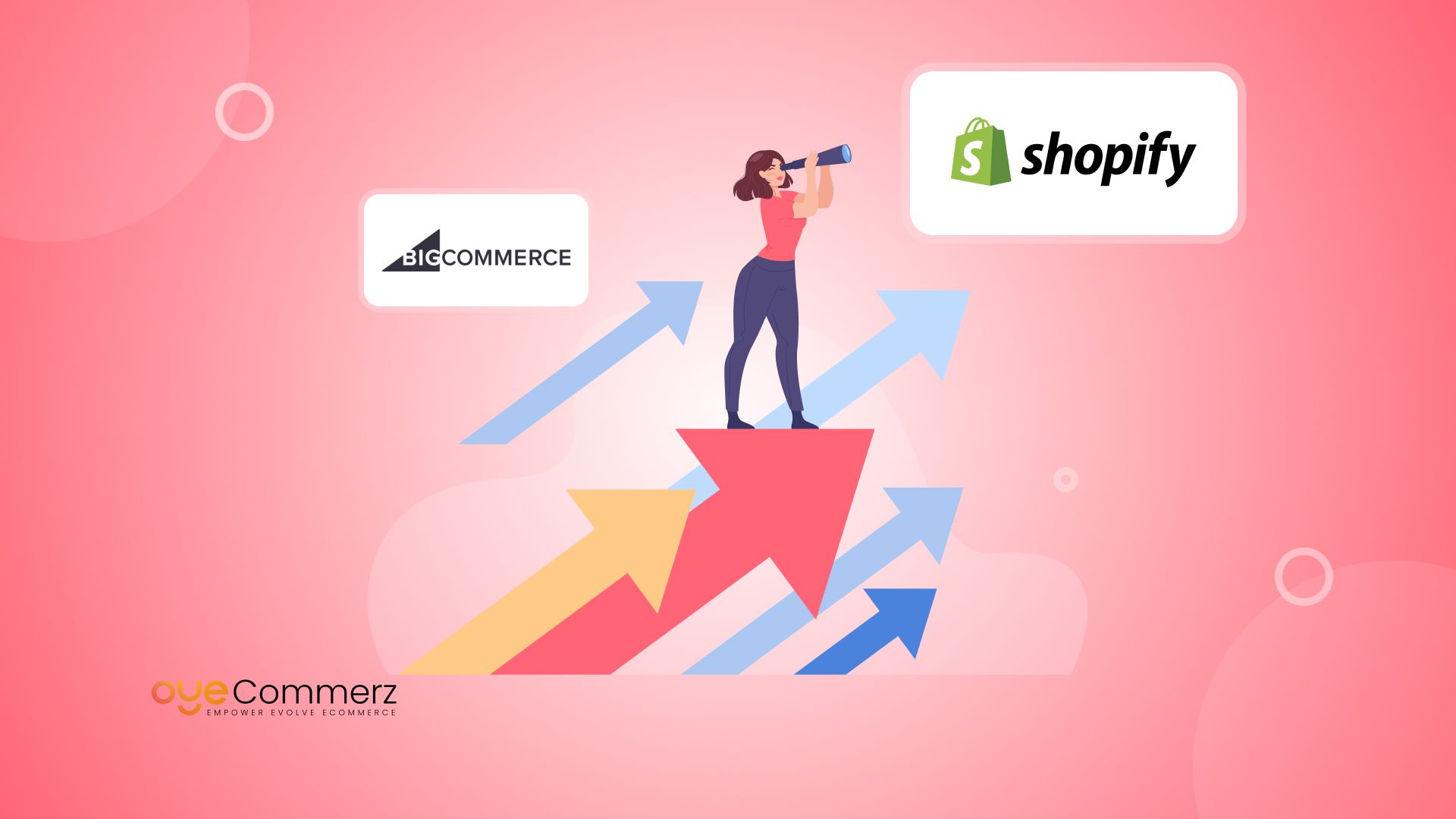Transitioning from WP to Shopify marks an promising step in optimizing your e-commerce operations. As companies grow, selecting a solution that supports growth potential, UX, and flexibility is essential. Shopify has emerged as a preferred choice for online merchants, providing unmatched adaptability, data protection, and ease of use. In this guide, we will delve into the transformative impact of this migration, discuss the advantages, and provide practical tips to ensure a smooth transition.
1. Top Reasons to Transition from WordPress to Shopify
WordPress, paired with WooCommerce, continues to support countless online stores. Nevertheless, as companies expand, issues like plugin dependency, data risks, and technical complexities often obstruct progress. Shopify, designed explicitly for digital retail, addresses these concerns with an all-in-one, user-friendly platform. Statistics supports this transition—Shopify hosts over 4.4 million websites worldwide, with a documented 10% boost to sales performance for many businesses after migration.
2. Key Benefits of Shopify for E-commerce Success
Shopify’s robust ecosystem is tailored for scaling brands. Its notable benefits include:
- Effortless Design Flexibility: Shopify offers over 80 expertly crafted themes.
- Integrated Tools: Features like Shopify Payments and built-in SEO save time and effort.
- International Expansion: Currency versatility and regional customization empower brands to expand internationally.
Additionally, Shopify boasts an uptime rate of 99.98%, ensuring your website is always operational.
3. Preparing for WordPress to Shopify Migration
Before migrating, assess your existing setup. Review product data, customer details, and SEO performance. Resources such as Shopify’s Migration Kit or external tools can simplify this process. Develop a detailed strategy, ensuring all assets—product descriptions, media files, and blog content—are optimized for transfer.
4. Data Migration: A Critical Step
Transferring your data forms the foundation for a successful transition. When migrating from WP to Shopify, prioritize:
- Inventory Details: SKU, descriptions, and groupings.
- Customer Data: Emails, purchase records, and preferences.
- Search Engine Considerations: Preserve meta tags, URLs, and forwarding paths to avoid SEO losses.
Leverage tools such as LitExtension to streamline data transfer while reducing mistakes.
5. Customizing Your Shopify Store
After the move, personalizing your Shopify store ensures it reflects your brand. Utilize Shopify’s intuitive page builder to design pages effortlessly. Shopify's themes are optimized for all devices, ensuring a smooth user experience across platforms—a critical factor, given 74% of online shopping is generated by mobile Shopify setup and customization visitors.
6. How to Protect Your SEO Rankings When Switching Platforms
SEO is vital for preserving your online presence during migration. Shopify is highly optimized for search engines with organized link formatting, preloaded features, and smooth content management. Ensure:
- Implement 301 redirects for old URLs.
- Optimize new pages with targeted phrases.
- Leverage plugins like Plug in SEO to track analytics post-migration.
7. Essential Tests After Migrating to Shopify
Once the migration is complete, run detailed checks.
Check: - Website speed (Shopify delivers faster speeds in contrast with WordPress).
- Payment integration reliability and transaction flow.
- Adaptability across devices.
Testing ensures your store provides a seamless shopping journey from the start.
8. Case Study of a Successful Migration
One such migration success story is Gymshark, a fitness apparel brand that moved to Shopify. After the switch, the company experienced a 60% increase in mobile sales and reduced site Shopify migration experts downtime. This highlights the potential of Shopify in enhancing online business success.
9. Overcoming Common Migration Issues
Migration is not without obstacles, such as data integrity and reconfiguring custom functionalities. However, Shopify’s extensive assistance and external professionals make overcoming these hurdles manageable. Partnering with qualified Shopify developers helps guarantee a smooth transition.
10. Starting Your Journey with Shopify
Migrating from WordPress to Shopify marks a strategic approach to online retail. By focusing on growth, simplifying management, and enhancing the customer experience, Shopify enables companies to succeed in challenging industries.
Conclusion
Transitioning from WP to Shopify offers a smart solution that can greatly enhance your e-commerce success. With a well-structured strategy, the appropriate resources, and expert support, you can achieve new growth opportunities.
Ready to make the leap? Let’s discuss how our Shopify migration services can transform your e-commerce platform. Get in touch today, or ask yourself: Can your business afford to miss out on Shopify’s growth potential?
